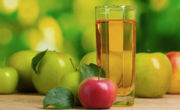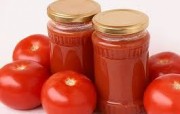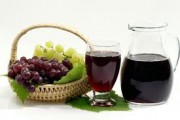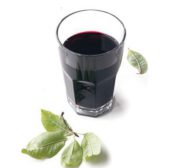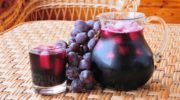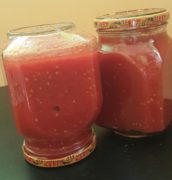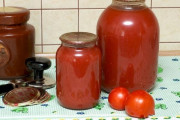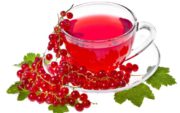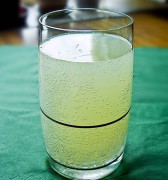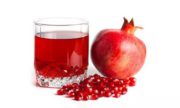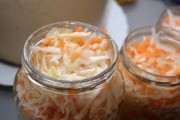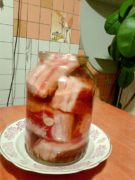Homemade apple juice for the winter - recipe with pasteurization
Apple juice can be prepared from any variety of apples, but for winter preparations, it is better to take late-ripening varieties. Although they are denser and there will be more pulp, they also contain more vitamins. The only task is to preserve all these vitamins and not lose them during the cooking process.
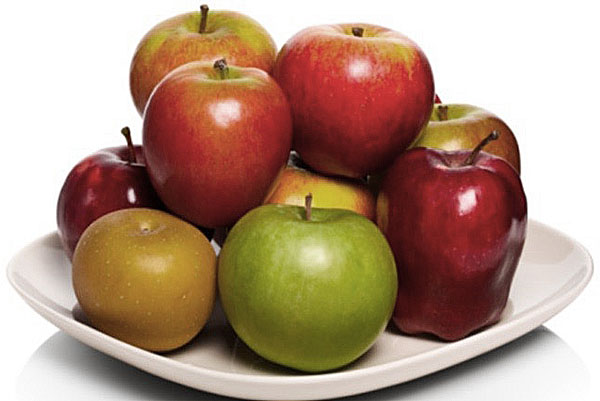
Some people believe that it is not necessary to peel apples to make juice. Yes, a lot of vitamins are stored in the peel, but an apple, even whole and beautiful in appearance, can turn out to be wormy or rotten inside. It is imperative to cut the apples and remove the slightest signs of rot and wormholes. And ideally, it is better to remove the seed pods. Then production will be waste-free. After all, you can make delicious food from the pulp. apple marshmallow.
It is more convenient to extract juice using a juicer or press. Of course, any freshly squeezed juice will have pulp. This is the healthiest juice, but some people prefer filtered juice. At home, you can strain the juice through cheesecloth or filter paper.
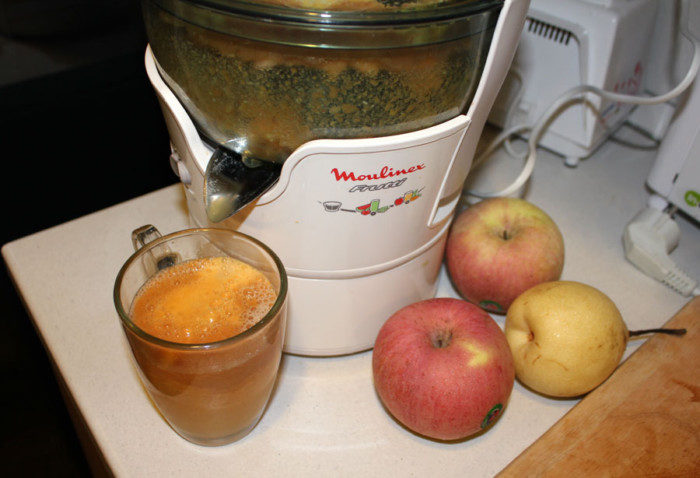
You don't have to add sugar to apple juice. The tannins contained in apples are excellent preservatives in themselves. If the apples are very sour, you can sweeten the juice a little, but not more than 100 sugar per 1 liter of juice.
The most crucial moment is setting it up for the winter. You need to get rid of bacteria, but not destroy vitamins. Pasteurization is more suitable for this.
Pour the juice into a saucepan and place it on the divider.The juice may burn and this will give the juice an unpleasant taste. As it heats up, foam will form on the surface, which needs to be skimmed off. The juice should not boil and you need to keep an eye on it. You need to pasteurize the juice for at least 5 minutes, and not before foam stops forming.
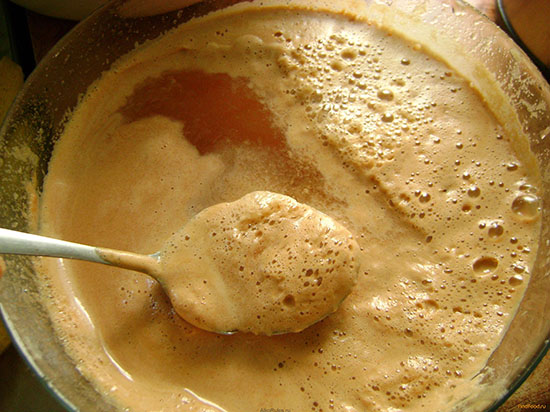
Before bottling the juice, clean and dry jars must be heated. If you pour boiling water into cold jars, they may burst.
If you think that this pasteurization is not enough, you can once again pasteurize the juice that has already been poured into jars.

If you have previously pasteurized the juice, the jars can be closed with lids and pasteurized in this form. Place the jars of juice in a saucepan, fill them with hot water, count the time from the moment of boiling:
- Pasteurize 0.5 liter jars and bottles for 15 minutes;
- 1 liter jars – 20 min.;
- 3 liter jars – 40 min.
After pasteurization, place the jars in a cardboard box and cover with a blanket on top. Cooling should proceed as slowly as possible.
There is a lot of fuss with double pasteurization, but apple juice prepared this way can be stored for up to 24 months.
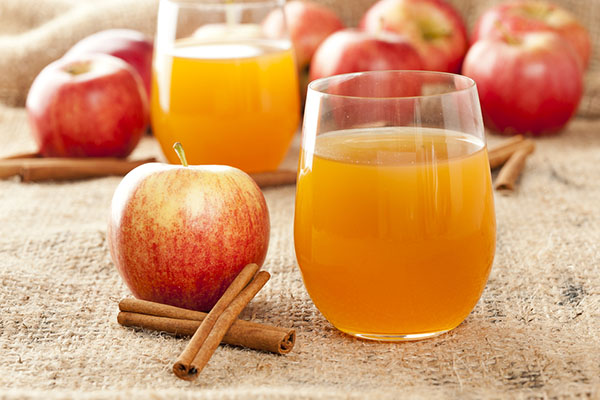
Watch the video on how to prepare apple juice for the winter:

